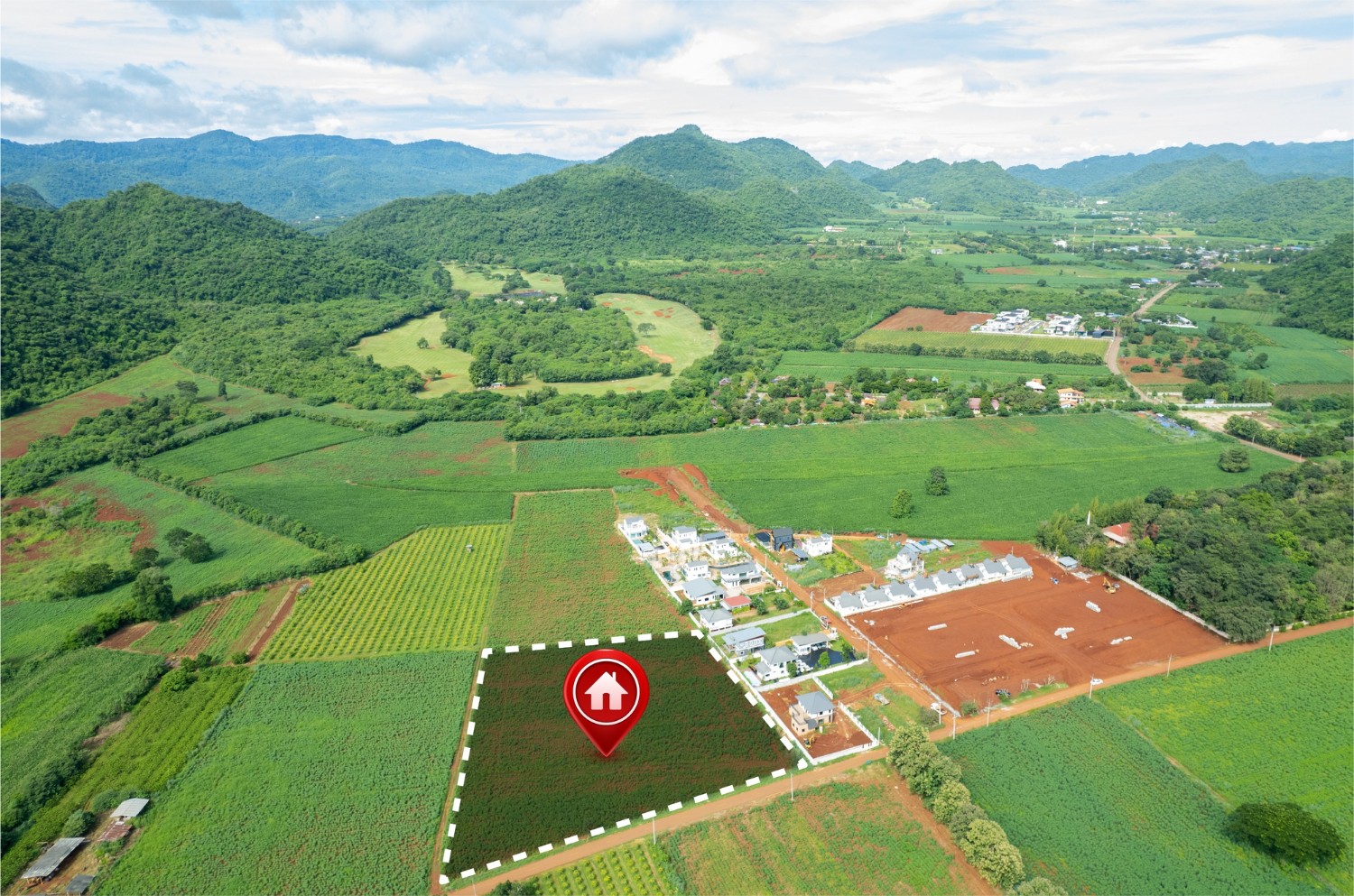Selling undeveloped land can be both an exciting and challenging journey. While developed land often comes with a set market value and a clear path to follow, selling raw land can be more complex. There are various factors at play that can influence the land’s appeal and worth, making it difficult to navigate through the process alone. As a landowner, it’s crucial to understand the dynamics of the undeveloped land market and have a comprehensive plan in place to ensure a successful sale.
In this article, we’ll dive deep into the various aspects of selling undeveloped land, including understanding property details, ascertaining its potential value, and devising a robust sales strategy. We’ll also provide a handy checklist to serve as your guide throughout the selling process, ensuring no significant detail is overlooked. Furthermore, you’ll find practical advice on legal and regulatory matters, preparing the land for sale, promoting the property effectively through online and traditional methods, and much more.
Understanding Your Undeveloped Land
The first step in the process of selling undeveloped land is to gain an in-depth understanding of the property. Research crucial information surrounding your property, including zoning regulations, land-use restrictions, utilities, and access to amenities. Review topographical maps and soil reports to identify any potential issues, such as drainage or erosion. Conducting due diligence will enable you to market the land effectively and provide accurate information to potential buyers. In turn, this will increase the confidence of prospective purchasers and set you apart from other landowners selling similar properties.
Appraising the Value of Your Land
Determining the value of undeveloped land can be challenging due to the absence of standard benchmarks, such as comparable property sales or improvements. However, several factors can help you estimate the land’s value. These include:
1. Location: The property’s proximity to ongoing development projects, amenities, and transportation hubs can significantly impact its value. It is essential to research any planned future developments in the area that may increase the property’s worth.
2. Size and shape: Larger parcels of land typically have more potential for various land uses and tend to fetch higher prices. Additionally, the shape of the land may play a role in determining its value. Rectangular or square plots are more desirable, as they tend to be easier to develop.
3. Topography and features: The property’s terrain, natural features, and water access can influence its desirability and value. For example, land with flat terrain and scenic views is likely to be worth more than a parcel with steep slopes or limited water access.
Consider hiring a professional land appraiser to provide an accurate valuation. An appraisal report will offer credibility to the land’s price, giving potential buyers further confidence in their investment.
Preparing Your Land for Sale
Before marketing your land, take the necessary steps to prepare it for prospective buyers. The goal is to present the property in its best possible light. Some actions you can take include:
1. Cleaning and clearing the property: Remove any trash, overgrown vegetation, or debris from the land. This will help prospective buyers visualize the property’s potential and may increase its perceived value.
2. Marking boundaries: Clearly mark your property’s boundaries with signage, flags, or stakes. This will help potential buyers understand the land’s size and shape, allowing them to evaluate its suitability for their needs accurately.
3. Addressing any issues: If there are any known issues with the land, such as encroachments or easements, address them before listing the property. This will avoid any potential disputes or delays in the sales process.
Strategizing Your Marketing Approach
After understanding your land, setting its value, and preparing it for showings, it’s time to create an effective marketing strategy. Some ideas to consider include:
1. Listing the land with a real estate agent: Engage the services of a real estate agent specializing in land sales. They will have the experience and knowledge to market your property effectively, ensuring maximum exposure and a higher probability of a sale.
2. Using online platforms: Utilize digital platforms, such as land-focused listing websites and social media, to showcase your property to an extensive audience. Including high-quality images, videos, and informative descriptions of the land will help capture the attention of potential buyers.
3. Local advertising: Although online marketing is crucial, don’t underestimate the power of local advertising. Place ads in local newspapers or real estate publications and put up signs on the property to generate interest from people in the area.
4. Networking: Engage with local developers, builders, and investors to help spread the word about your property. Reach out to neighbors and community members who might know someone interested in purchasing your land.
Following the Essential Checklist
Selling undeveloped land is a unique and complex process that requires a well-thought-out strategy. Focusing on understanding your land, appraising its value, preparing it for sale, and devising an effective marketing approach will significantly increase the chances of a successful transaction. By following the essential checklist outlined in this article, you’ll navigate the nuances of selling raw land and maximizing the potential profit while ensuring a smooth and hassle-free experience. Embrace the journey by starting with the insights provided here and watch your undeveloped land transform into a sold property. Reach out to us today at 7Land Corp and get the land valuation you need to get the most out of your undeveloped land!




